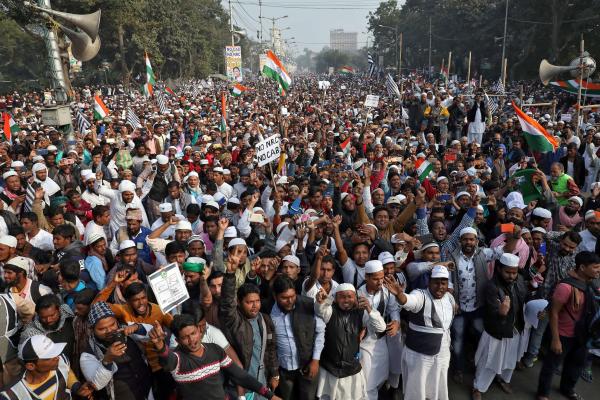Dec 23, 2019
The recent protests might have been precipitated by the Citizenship Amendment Act, but they are the culmination of long-held grievances.
Read the Full Article

Already a subscriber? Login

The recent protests might have been precipitated by the Citizenship Amendment Act, but they are the culmination of long-held grievances.
